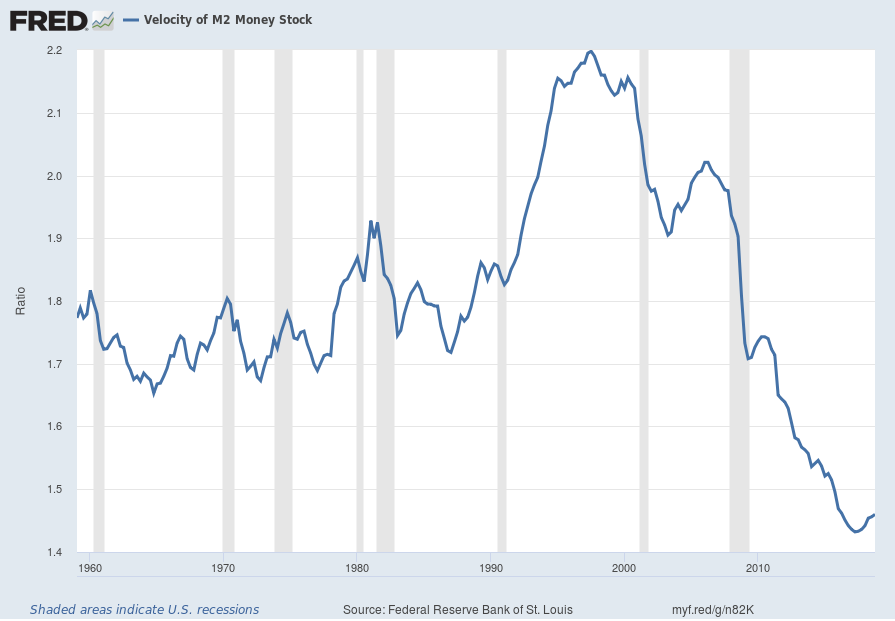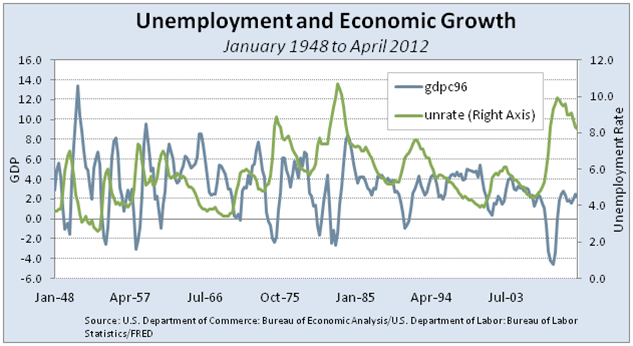Here's my prediction (Warning: I'm almost always wrong in my predictions).
- About 4 to 6 weeks after economies reopen, we'll see a resurgence of COVID infections, and the R0 number will increase beyond 1.1.
- By then, the second quarter earnings results, and real unemployment results will be out. They'll be far worse than the perplexingly mild drops we're currently seeing reported.
- Many states will resist re-closing, and many people will ignore social distancing orders.
- The markets will tank, and we'll see a 50-60% drop from current levels.
- Until there's an effective vaccine, both the number of COVID cases, and market returns will follow a repeating W-pattern.
- Repeat.
- Finally, either we build up an immunity, we have a vaccine, or all of the weak die, and the rates of deaths are reduced.
- Things gradually return to normal after several dismal years.
I certainly hope I am 100% wrong this time.
Best case scenario:
- Vaccine is tested and produced, and administered to 90%+ of the population by January 2020.
- Vaccine is 100% effective, and the economy begins a six-month recovery to near-normalcy.
- Due to inconsistent vaccinnations world-wide, travel takes several years to recover, but doesn't return to 2019 levels for 5+ years, due to lost wages, closed businesses, foreclosures, etc.
Agreed with the above, and a few predictions to add.
- Vaccine is not deployed until summer 2021 at the earliest. A treatment therapy is deployed this summer.
- Bankruptcies in the energy, travel (airline and car rental), restaurant, cruise line, hotel, amusement and retail industries starting now.
- Durable consumer good purchases are delayed starting now. (Autos, big household appliances)
- Steel industry and rail freight are squeezed starting now until recovery starts.
- Bankruptcy declarations will peak in the fall after credit runs out for previously sustainable companies vainly hoping to avoid a second wave and their 30 day clock starts either with creditors or corporate boards.
- Mortgage foreclosures starting in the late summer. Housing prices fall. New home construction slows to a crawl.
- Stockholders will see the effects of bankruptcies in the summer / fall and after most 2nd quarter earnings are reported.
- Political posturing and international tensions peak late summer and fall. Unknown aftereffects. (more Tariffs, Defense Production Act declarations, military provocations?)
- Second wave of infections results in elective medicine suspended again to have all hands focus on virus in the fall. Health care sector stocks suffer as this is their money maker in business.
- Some private colleges close permanently due to falling enrollment.
- State universities cut staff due to falling enrollment in the fall / winter. They compensate with an increase in 'distance learning' programs.
- State and local governments with balanced budget mandates begin cuts to services, upgrades, maintenance and staff late summer / early fall.
- Federal government employees remain unaffected - but more work from home.
- States like Illinois, Kentucky, Connecticut and California have to recon with underfunded and overpromised pension programs in the winter - after elections.
- Banks will take losses from mortgage defaults and bankruptcies in winter / early spring when the 120 day clocks run out. Lack of experienced bankruptcy specialists may slow the process.
- Low of residential and commercial REITs this winter. Selling some REITs become illiquid for an unknown period of time.
- Corporate bondholders then take a haircut if liquidated companies have assets less than bond liens. Else they become new equity shareholders as previous stockholders are wiped out.
- Economic restructuring. Reshoring some manufacturing (medical supplies will become a federal mandate) and diversifying supply chains becomes a political issue. More work from home - and how to do that efficiently will cause some jobs to be outsourced to countries such as India. Acceleration of automated manufacturing and 3D printing in USA.
I too, hope these predictions are wrong.



